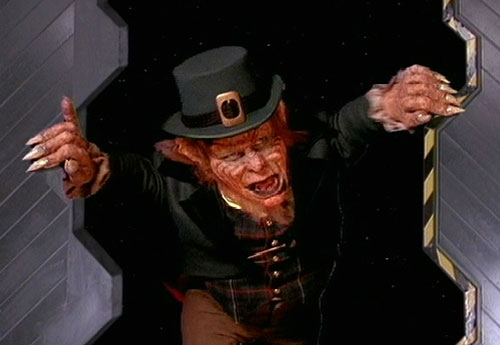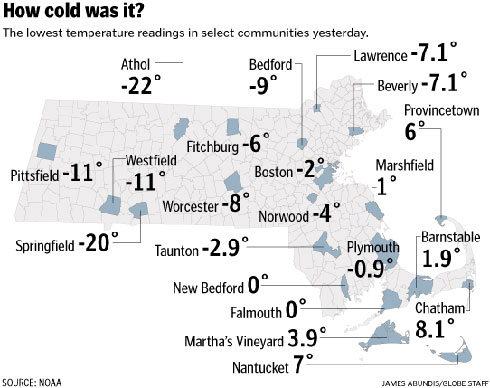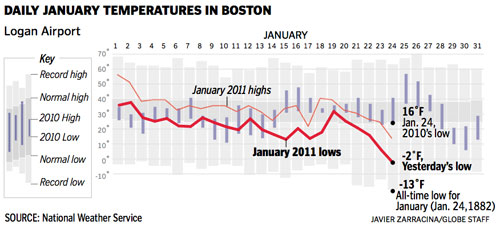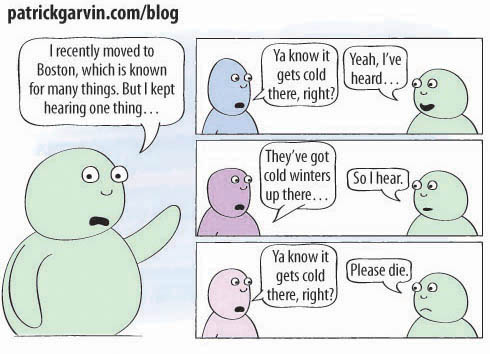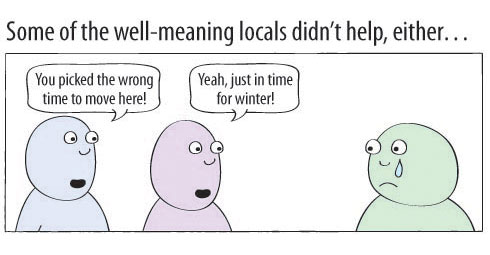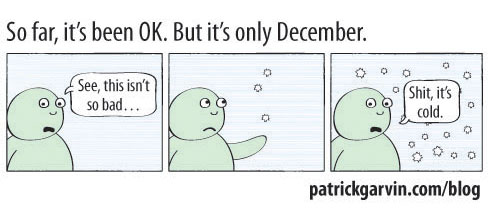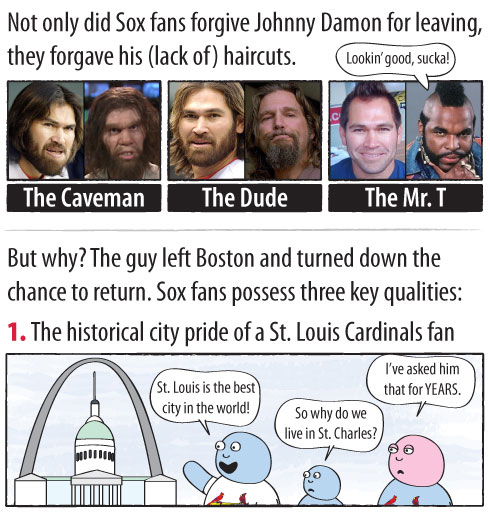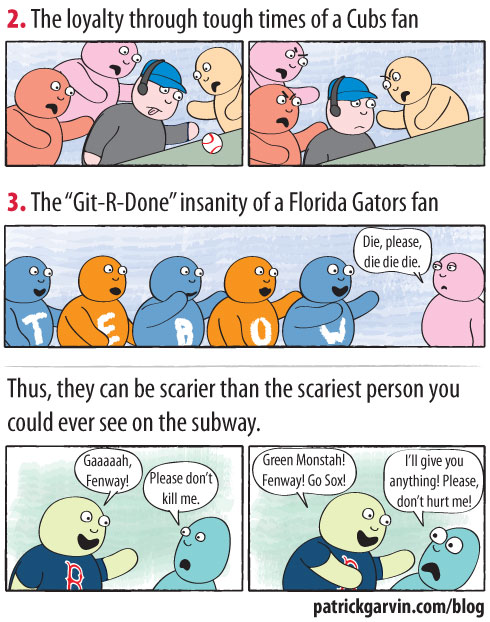March 17 is St. Patrick’s Day, a religious holiday in Ireland and a secular holiday everywhere else. For a guy named Patrick, it’s like a second birthday. But anyone can enjoy this holiday, whether you’re an Irishman, a descendant of one or a “little Chinese boy in the suburbs pretending to be Irish in the middle of March.”
I now present 10 things you might not have known about St. Patrick or his Feast Day. Don’t feel bad; I didn’t know a lot of these myself, and I’m named after the guy.
————
1. St. Patrick was not Irish.
He was from Britain, back when Britain was still a Roman colony. In the late 300s when the Irish began raiding Britain, he was abducted and brought back to Ireland, where he was a slave for the better part of a decade.
————
2. St. Patrick was not originally named Patrick.
He chose the name Patrick for himself when he was ordained as a Catholic priest. He was originally named Maewyn Succat. After his years as a slave, he returned to England, where he had a vision that the Irish needed him. When he became a priest, he took Patrick as his Christian name.
————
3. The original color associated with St. Patrick and his feast day was blue.
There was even a shade called St. Patrick blue. But the Emerald Isle is overwhelmingly lush, making green a more natural color with which the Irish could identify. Political groups later adopted the shamrock (and thus the color green), solidifying green as a part of Irish nationalism.
————
4. He did not literally “drive the snakes out of Ireland.”
Ireland never even had any snakes. The “banishing of the snakes” was a metaphor for the banishing of evil and St. Patrick’s hand in Ireland’s conversion to Christianity. Within 200 years of Patrick’s arrival, Ireland was completely Christianized.
————
5. The association between St. Patrick and the shamrock may be overstated.
It’s been said that the shamrock is associated with St. Patrick’s Day because St. Patrick used the shamrock to explain the Christian concept of the trinity: the Father, The Son and the Holy Spirit, each separate but the same. He might have used this metaphor, but it appears nowhere in any of his writings, which detail so much of his philosophies and teachings. If St. Patrick kept such fastidious notes about his work, how come he never mentioned this? So, according to the History Channel, this could be a myth, but we have no way of verifying.
The shamrock ended up being used by political groups in the last 300 years, though, in part because of the association with St. Patrick. But the national symbol of Ireland is not the shamrock; it’s the harp.
————
6. Corned beef and cabbage is not associated with the holiday in Ireland.
The traditional meal for St. Patrick’s Day in Ireland is bacon and potatoes. Bacon and pork in general have historically been a big part of the Irish diet. Corned beef was eaten in Ireland, too, but it’s been more emphasized by Irish Americans. When many Irish immigrated to the U.S. in the early 1900s, they found that their reputation for loving pork preceded them. Anti-Irish cartoons featured stereotypical Irishmen with pigs, saying, “Here comes Paddy with his pig!” Beyond the anti-pork Irish slurs, there’s a much simpler reason the Irish Americans turned to corned beef and cabbage: it was much more affordable than bacon and potatoes.
————
7. St. Paddy, not St. Patty
Patrick comes from the Irish name “Padraig.” The shortened form of that is Paddy. The name Patty is short for Patricia, the feminine form of the name. So, if you say St. Patty’s Day, you’re actually referring to the Feast Day of St. Patricia of Naples, which is August 25.
It’s easy to see how “Patty” and “Paddy” became confused in America. Americans enunciate the two words the same, whereas the Irish would pronounce a harder “T” sound, thus making the names distinguishable. An American would hear the Irish name Paddy and think it was Patty. It wouldn’t occur to people unfamiliar with the name Padraig that it should be Paddy. After all, Bobby works for the name Bob, so why wouldn’t Patty work for Pat?
But now you know. After years of mistakenly being called Patty, I’m reclaiming my masculinity. You can call me Patrick, Pat or Paddy, but not Patty.
————
8. Leprechauns were only recently associated with the holiday, by Americans.
The drunk, impish troublemakers who trick you and lead you to pots of gold are really a fabrication of Walt Disney’s “Darby O’Gill and The Little People” and the marketing geniuses behind Lucky Charms. Before those brands recast the leprechaun as benevolent tricksters, leprechauns weren’t associated with St. Patrick’s Day, because leprechauns were scary bastards. They were part of pagan tradition that predated St. Patrick’s arrival in Ireland by centuries. Leprechauns were a type of fairies who guarded areas and tried to scare you away. The modern version of leprechauns are based on anti-Irish cartoons that were based on derogatory stereotypes.
I remember middle school, when the “Leprechaun” movies first came out. These three kids in my English class would tell “yo mama” jokes, trying to outdo the other. Whenever someone busted out “Yo mama look like the ‘Leprechaun!,'” it was OVER. You can’t come back from that.
————
9. March 17 is believed to be the day St. Patrick died.
Many Feast Days for Catholic saints tend to be on the saint’s death date, or day associated with his or her death. St. Patrick is believed to have died on March 17, 461. For Catholics in Ireland, the day is a Holy Day of Obligation. In other words, a day on which attending Mass is mandatory.
————
1o. The first St. Patrick’s Day parade in America is believed to have been in Boston in 1737.
It’s not universally accepted, though, as there are those who say the first St. Patrick’s Day parade was in New York in 1762. Others say it was in Philadelphia in 1780.
March 17 is used to be a city holiday in Boston, Cambridge and Somerville and thus used to be a day off for school kids and anyone employed by the city. It’s technically not for St. Patrick’s Day, though, but Evacuation Day, the day the last of the British left the city. It’s convenient that it falls on St. Patrick’s Day, though.
UPDATE: Governor Deval Padraig Patrick signed a law requiring government offices in Suffolk County to open on Evacuation Day and Bunker Hill Day. Read more here.
UPDATE, AGAIN: To test your knowledge of the South Boston St. Patrick’s Day parade, take this Boston.com Your Town quiz.


